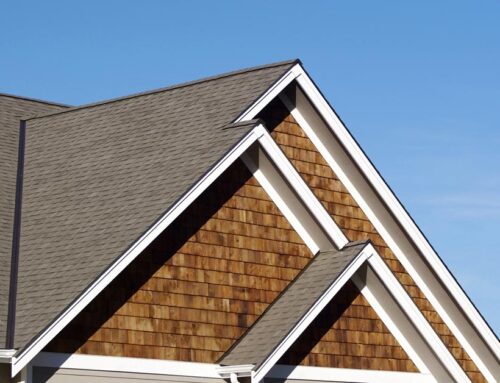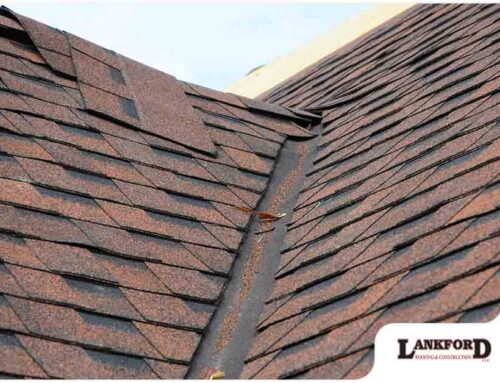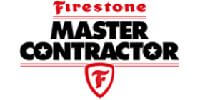Just because you own a piece of property doesn’t mean you can build whatever you want on it. Property owners still have to comply with zoning laws. This means something as simple as putting up fences in your backyard is subject to strict regulation. Here are the different aspects of a fence that are usually covered by local laws.
Fence Height
Before building a fence, you should find out what the maximum height limit is in your neighborhood. Normally, homeowners don’t need to apply for a building permit to put up fencing. If, however, you plan on exceeding the maximum height limit, you’ll need to apply for a permit.
Fence Location
You can put up a fence on any part of your property as so long as it isn’t near a public right of way like a sidewalk or a road.
Fence Opacity
The location of your fencing can also dictate its opacity or how much it can block the view of your home. Backyard fences are allowed to be fully solid while front-yard fences have to be at least 50% opaque.
Fence Material
Normally, there would also be limits on the kind of material you can use for your fencing. Some homeowner associations put in place these kinds of rules to make sure the neighborhood’s aesthetic remains consistent. This is to protect the neighborhood’s curb appeal and property value, which could be lowered by a fence that clashes with the neighboring houses.
If you’re having trouble working with the limited design options, consult an experienced contractor. Whether you need help with putting up a fence, it’s always a good idea to seek the help of a professional.
Looking for an experienced contractor in your neighborhood?
Lankford Roofing & Construction LLC has over eight decades’ worth of experience, making it one of the most experienced roofing contractors in the state. To get a free estimate, call us at (903) 465-7677, or fill out this form. We serve homeowners in Sherman and Denison, TX, as well as other nearby areas.

 lankfordroofing.com 1.jpg)
















